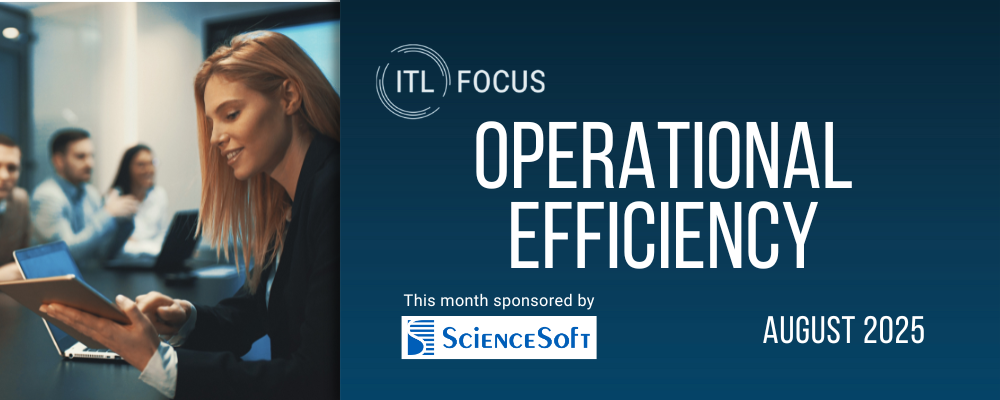Digitization and technology transformation are taking top priority for property and casualty insurers in 2021, a recent survey reveals. But while many insurers are meeting consumers’ demands for a more efficient and convenient experience, they may be leaving money on the table by failing to expand strategies to address B2B needs, including around digital payment.
Certainly, investing in infrastructures to support consumers’ desire for a more modern, retail-like experience is an important first step toward embracing the digital age. As COVID-19 accelerated the move toward contactless payment, leading insurers aren’t just going digital. They are also diversifying their payment offerings to include mobile and push-to-card payments.
Yet, many carriers stop there without considering the big-picture benefits of a more holistic strategy that incorporates digital B2B payment offerings. However, change is on the horizon: A recent Association of Financial Professionals (AFP) survey found that one-third of organizations primarily use electronic payment for B2B transactions, while 60% say they are very likely or somewhat likely to convert the majority of B2B payments from check to electronic. These findings suggest that both vendors and suppliers see the value of digital payment—and so, too, do the insurers that work with them.
B2B Digitization: Trends and Benefits
The advantages of B2C and B2B digital payment processes are similar, but the priorities are different. Both options create economies of scale by improving operational efficiencies and lowering costs associated with processing paper checks, and both lay the foundation for better consumer or client experiences.
Yet, while the need to respond to consumer demands has served as the primary driver for B2C digital payments in the insurance space, the AFP survey suggests that operational considerations are the drivers for B2B payment:
- Nearly half of respondents point to the benefits of straight-through processing to accounts payable or accounts receivable and the general ledger.
- Cost savings came in as the No. 2 priority for 45% of respondents, and both improved cash forecasting and speed to settlement tied for third at 42%.
While vendor relations ranked lower in priority, the potential to elevate partnerships certainly exists as digital adoption is typically a win-win administratively for both the insurer and third-party. For example, in the healthcare space, remittance data that is electronically linked to payment from insurers to providers is critical to easing the administrative tasks associated with payment reconciliation. Digital payment infrastructures exist that can support creation of the remittance data, creation of the payment, reconciliation of the payment and treasury management services. The impact: reduced potential for error, improved visibility and increased productivity.
The COVID-19 pandemic also upped the ante for B2B payment digitization. Faced with the need to quickly pivot to remote operations, insurers with electronic payment infrastructures already in place were at a distinct advantage. A Mastercard study suggests that COVID-19 became a significant force propelling adoption and use of B2B electronic funds transfer to address payment delays and improve security and transparency.
Holistically Addressing B2C and B2B Digital Payment
Automated clearinghouse (ACH) represents the entry point for many insurers taking the plunge into digital payment. It’s a good first step, but there are many reasons why a broader portfolio of options makes sense when considering B2B payments.
The insurance industry is heavily reliant on payment data. While ACH can address remote operations and speed of payment, it lacks the framework to support immediate visibility into remittance data. For this reason, electronic payment options such as virtual cards hold great promise for B2B.
See also: Insurance Leaders Use Digital for…
Like ACH, virtual cards are efficient, cost-effective, secure payments and reduce administrative costs. For B2B transactions, these options require no enrollment or IT investment, and there are no complex remittance reports to reconcile. Characterized by a randomly generated card number, expiration date and security code, virtual cards are loaded with a specific payment tied directly to the payment request generated in the payer’s adjudication system. They also reduce administrative complexities and eliminate the need to share bank account information—and can be easily replaced if lost or stolen.
As a complement to ACH, solutions such as virtual cards and mobile payment options can work in tandem to improve payment to businesses while also addressing consumer preferences. In a recent Engine Insights/VPay survey, more than half of respondents said payment choice was important to the claim experience.
Time for a More Modern Approach
It’s a new year for growth and positioning in the insurance industry, and many lessons have been learned from 2020. As trends point to accelerated adoption of frictionless, contactless payment for consumers, vendors and service providers, the right digital payment strategy will give insurers a competitive advantage on many fronts. Forward-thinking insurers will consider how to holistically address digital payment strategies to support B2B and B2C.








